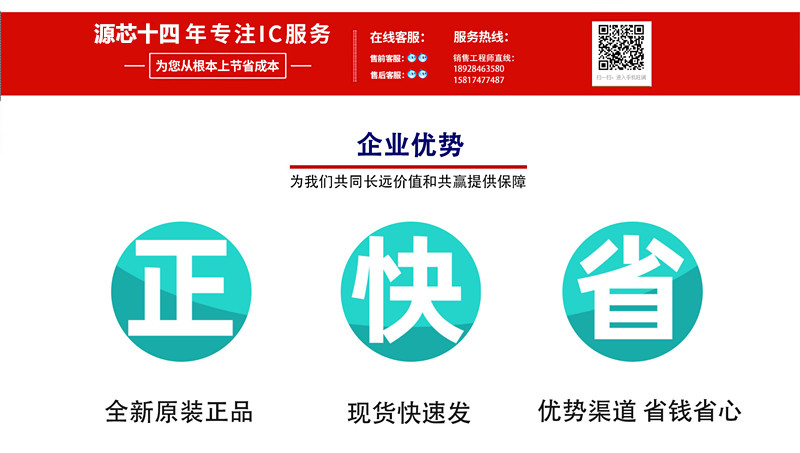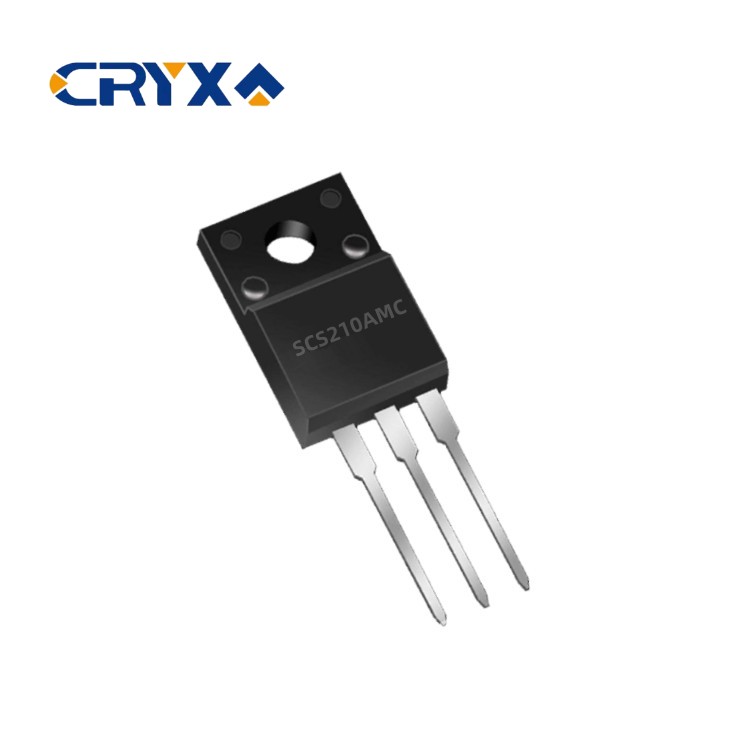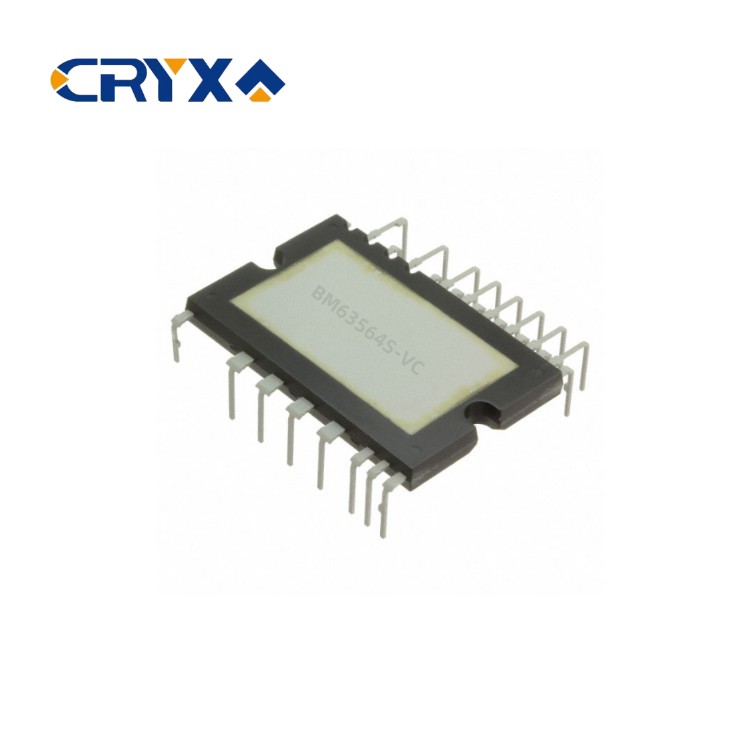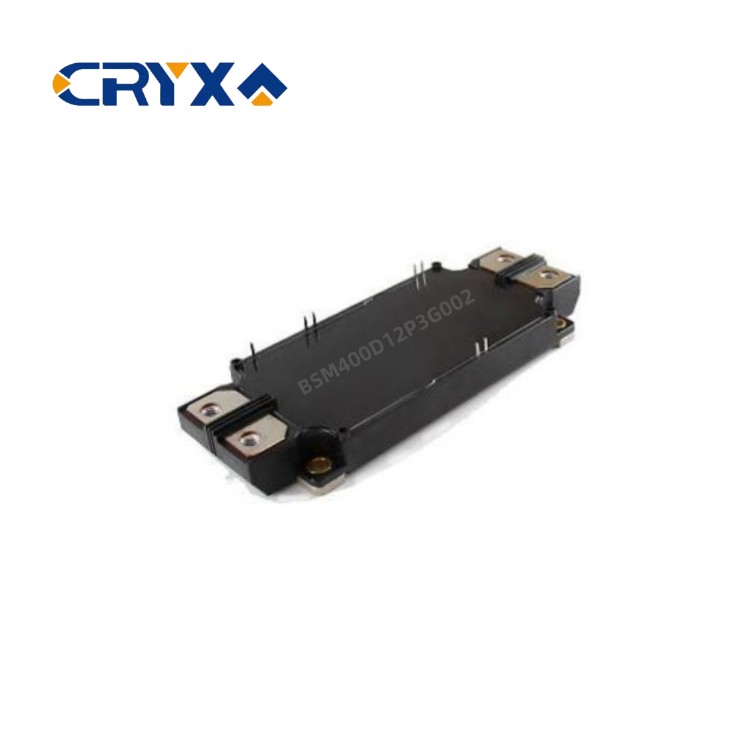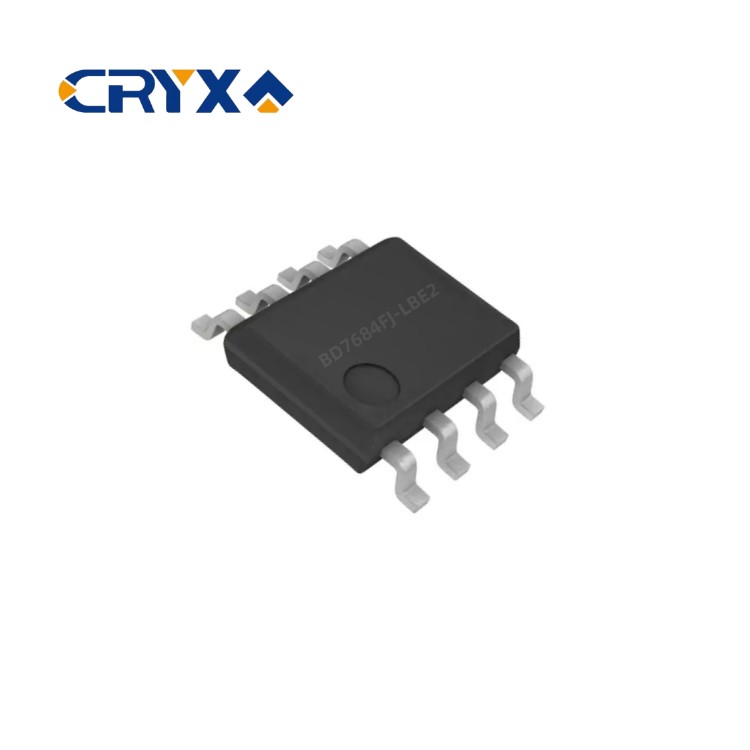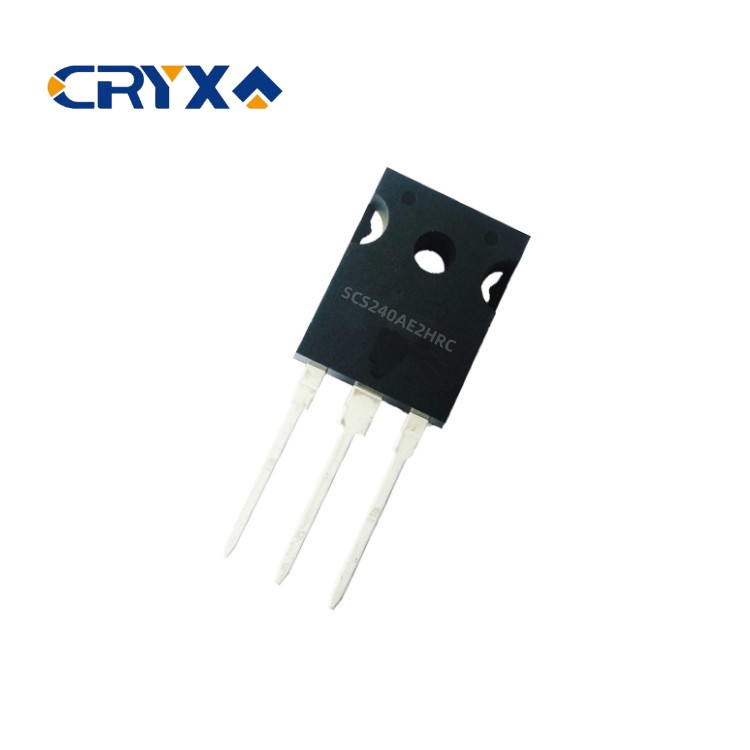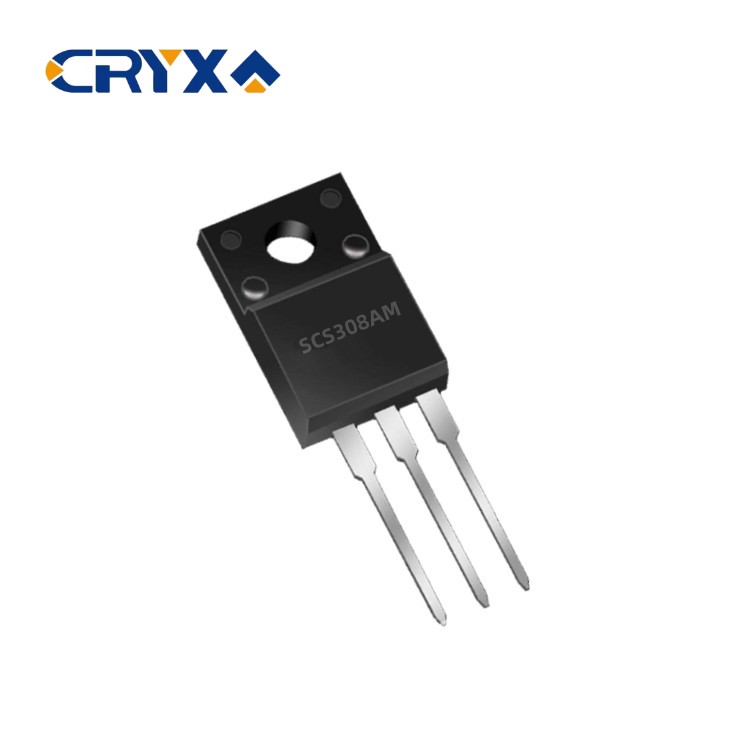According to research results from relevant institutions in the sensor chip industry, driven by the "re perception" route, sensor chips are entering a new stage of rapid iterative evolution.
At the 2023 Shanghai Auto Show, there were many OEMs and Tier 1 suppliers, including "Focus on Perception, Lighten Map", "City NOA", and "BEV+Transformer". It can be seen that the major manufacturers have turned to the Technology roadmap of "focusing on perception and ignoring maps" to accelerate the layout of urban NOA and break the dependence on high-precision maps.http://www.ic-bom.com/
Driven by the Technology roadmap of "paying more attention to perception", automotive sensors play a more important role. The rapid application of new products such as LiDAR, 4D imaging radar, and 8MP CMOS image sensor (CIS) in vehicles has increased the demand for sensor chips. Automotive sensor and chip technology is entering a new stage of rapid iterative evolution and rapid cost reduction.
Radar chips: Chinese manufacturers have made breakthroughs and broken overseas monopolies.http://www.ic-bom.com/
The automotive radar chip market is dominated by NXP, Infineon, Texas Instruments and other companies; Among Chinese manufacturers, Gatlan Semiconductor started early and has established partnerships with more than 20 automotive OEMs to carry out designated projects on more than 70 passenger car models. The cumulative shipment volume exceeds 3 million pieces, with one-third of them being overseas customers.
4D radar quickly penetrates into mid to high-end and autonomous models. BMW, GM and other vehicle manufacturers, as well as first tier suppliers such as Continental and ZF Friedrichshafen, have completed the layout in this field. Many Chinese brands, including Li Auto, Changan Automobile, BYD Auto, Tesla Motors and Geely Auto, have designated or expedited the birth and application of 4D radar. Tesla‘s next-generation autonomous driving platform HW4.0, equipped with the "Phoenix" 4D imaging radar, has become a tipping point in the market.http://www.ic-bom.com/
In the field of conventional radar chips, Infineon and NXP are almost in a monopoly position. As the main development direction of radar, 4D imaging radar can better serve advanced autonomous driving functions such as urban NOA. Chinese manufacturers are also stepping up the layout of 4D radar chips.
Lidar chips: developing towards SoC integration.
Since 2022, the application of in vehicle LiDAR has significantly increased, with approximately 164000 passenger cars in China equipped with LiDAR Lidar is commonly used in L2++passenger vehicles (with highway+urban NOA function), mostly high-end new energy vehicles with a cost of over 250000 yuan. It is expected that the number of laser radars installed in Chinese passenger cars will reach 3.666 million by 2026. If the LiDAR is installed on a 150000 yuan passenger car, greater cost reduction is required. This may be difficult to achieve in the short term.http://www.ic-bom.com/
In 2023, the price war for LiDAR began, with the shipping price dropping to around $500, but it is still relatively high compared to the price of 4D radar ($200-300). Based on SoC, LiDAR will be further integrated and become cheaper.
(1) Integrated with transceiver chips
The widespread application of LiDAR in vehicles first requires cost control. Different laser radar routes from manufacturers result in cost differences. However, transceiver chips are the main cost component. Integrating with transceiver chips is an effective way to reduce the cost of LiDAR.http://www.ic-bom.com/
Transmitter chip: Replacing discrete modules with integrated modules can reduce material and debugging costs by more than 70%;
Receiving chip: The SPAD scheme has a small size and is conducive to integration with the readout circuit, which can further reduce costs.http://www.ic-bom.com/
Laser radar chip technology is mastered by foreign manufacturers, but Chinese manufacturers have also been working hard to develop related technologies in recent years. In terms of transmitting chips, Chinese manufacturers have started to enter the upstream VCSEL chip design; In terms of receiving
chips, Chinese startups are entering SPAD and SiPM chips.http://www.ic-bom.com/
(2) Single chip LiDAR scheme
The cost reduction of LiDAR requires the use of photon integration technology to integrate various optoelectronic devices, which is a process from heterojunction material integration to single chip integration. The prepared silicon wafer is grooved onto a single crystal silicon substrate, and then the III V material is grown and epitaxial onto the single crystal silicon substrate. Despite its high difficulty, this process has the advantages of low loss, easy packaging, high reliability, and high integration.
In early 2023, Mobileye unveiled its next generation FMCW LiDAR for the first time. To be precise, it is a LiDAR SoC with a wavelength of 1320nm. Based on Intel chip level silicon photon technology, this product can simultaneously measure distance and speed.
The chip based silicon photonic FMCW solid state lidar Technology roadmap may become the preferred direction of future lidar development, involving key technologies such as FMCW, solid state dispersion scanning and silicon photons. As a new Technology roadmap, FMCW LiDAR still faces many technical challenges. In addition to foreign manufacturers such as Mobileye, Aeva, Aurora, Chinese manufacturers such as Inxuntech and LuminWave have also made layouts.http://www.ic-bom.com/
Visual sensor chips: giants compete to lay out 8MP products
The hardware of the car camera includes a lens, CIS, and Image Signal Processor (ISP). Among them, CIS for vehicles has a high entry threshold and belongs to an oligopoly market. Its main competitors include Onsemi Semiconductor, OmniVision Technologies and Sony. Future products will tend to be high pixel and High dynamic range (HDR). In addition to traditional ISPs, current ISP integration solutions also integrate ISPs into CIS or SOC.
CIS is developing towards high pixel resolution.
The development of high-level autonomous driving has increasingly high requirements for the imaging quality of in car cameras. Generally speaking, the higher the pixel size of the camera, the better the imaging quality, and the more useful information that car manufacturers/autonomous driving providers can obtain. The pace of using an 8MP camera in vehicles has accelerated. The Xpeng P7i launched in early 2023 is equipped with an 8MP camera for intelligent driving assistance solutions.
Forward looking is the most urgent application scenario that requires an 8MP high-resolution camera. At present, mainstream automotive CIS suppliers have successfully deployed 8MP CIS products.http://www.ic-bom.com/
ISP: Developing towards integration.
There are two types of ISP solutions: independent and integrated. Among them, independent ISPs have powerful functions but high costs, while integrated ISPs have advantages such as low cost, small footprint, and low power consumption, but their processing capabilities are relatively weak. In recent years, in addition to integrating ISP‘s CIS, major manufacturers have also vigorously laid out ISP integrated SOC.
ISP integration into CIS: Integrating ISP into CIS can achieve the goal of saving space and reducing power consumption. The main leaders who introduce relevant solutions are CIS. In January 2023, OmniVision announced its new 1.3 megapixel (MP) OX01E20 System on Chip (SoC) for automotive 360 degree Surround System (SVS) and Rear View Camera (RVC). The OX01E20 has state-of-the-art LED flash suppression (LFM) and 140db High dynamic range (HDR) capabilities. It has a 3 micron image sensor, an advanced image signal processor (ISP), a full function distortion correction/Perspective control (DC/PC), and an on-screen display (OSD).http://www.ic-bom.com/
ISP Integration SOC: Removing ISP from CIS and directly integrating it into the autonomous driving main control SoC can greatly reduce the cost of sensing hardware. Removing ISP from the camera not only solves the serious heat dissipation problem caused by high pixel cameras, but also helps to further reduce the circuit board size and power consumption of car mounted cameras. The ISP module is integrated into almost all the control SoCs in the automatic driving field.http://www.ic-bom.com/
